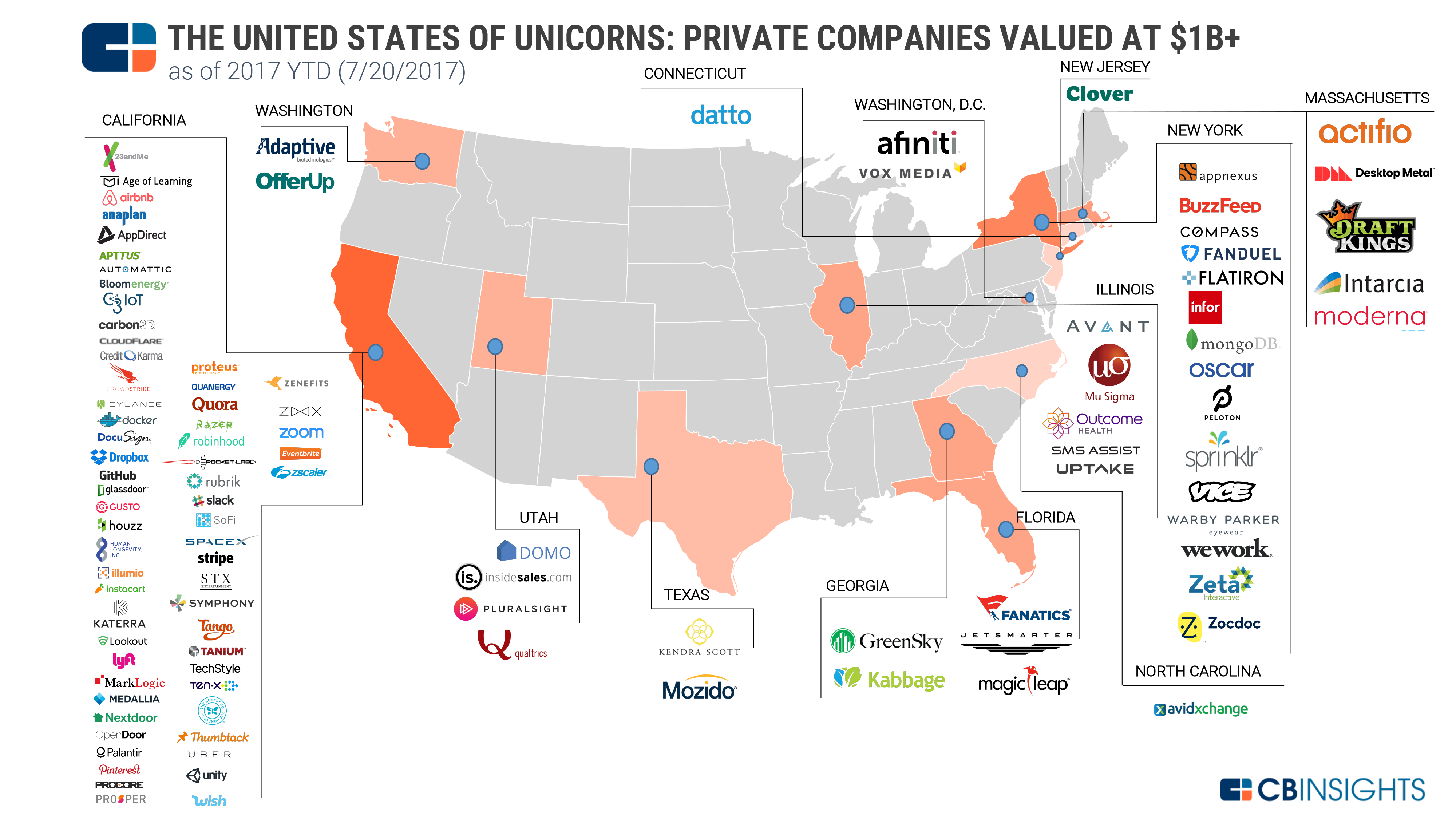According to Justin Lahart of the Wall Street Journal, volatility has seemingly vanished from the stock market, and the simple reason is that economy itself is so calm.
Economic volatility within the U.S. and across the globe is incredibly low, and with this low volatility comes the risk that investors may become far too complacent.
Over the past three years, the standard deviation of the annualized change in U.S. GDP has only been 1.5 percentage points, which is historically about as low has it has ever been. Amazingly enough, global GDP is displaying the same trend.
According to J.P. Morgan economist Joseph Lupton, this lack of volatility not only stems from less shakiness within individual economies, but also because they have become less correlated with one another.
From an investment standpoint, low economic volatility is a good thing, because investors get hit with fewer surprises, however, it can also lure them into complacency and leave them much more vulnerable if volatility were to increase in the future.
Link to article



